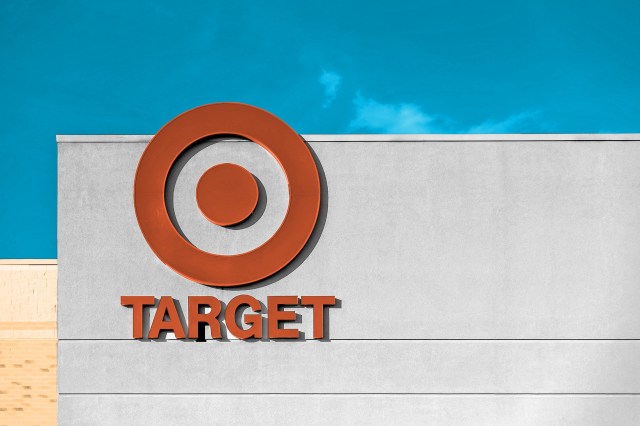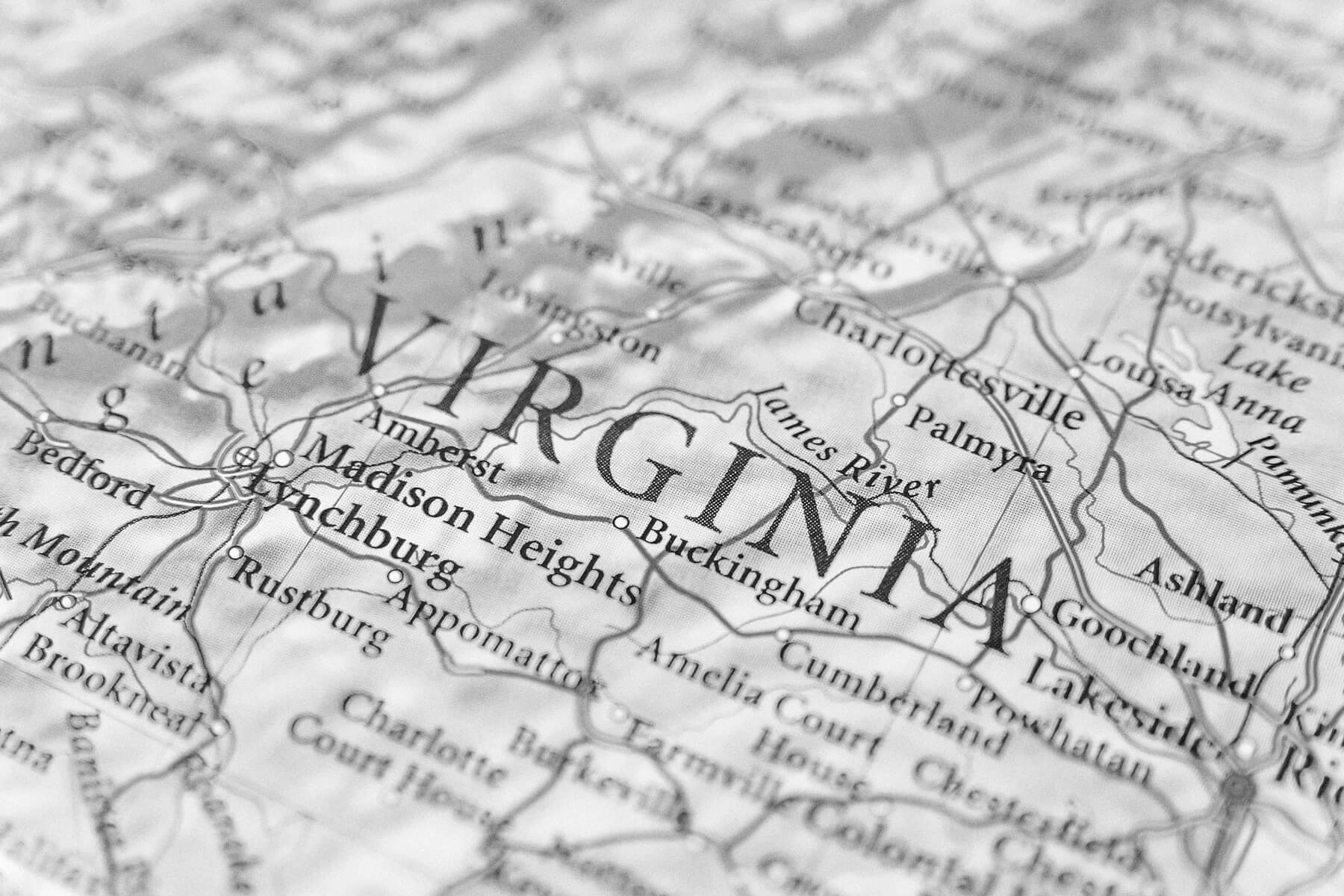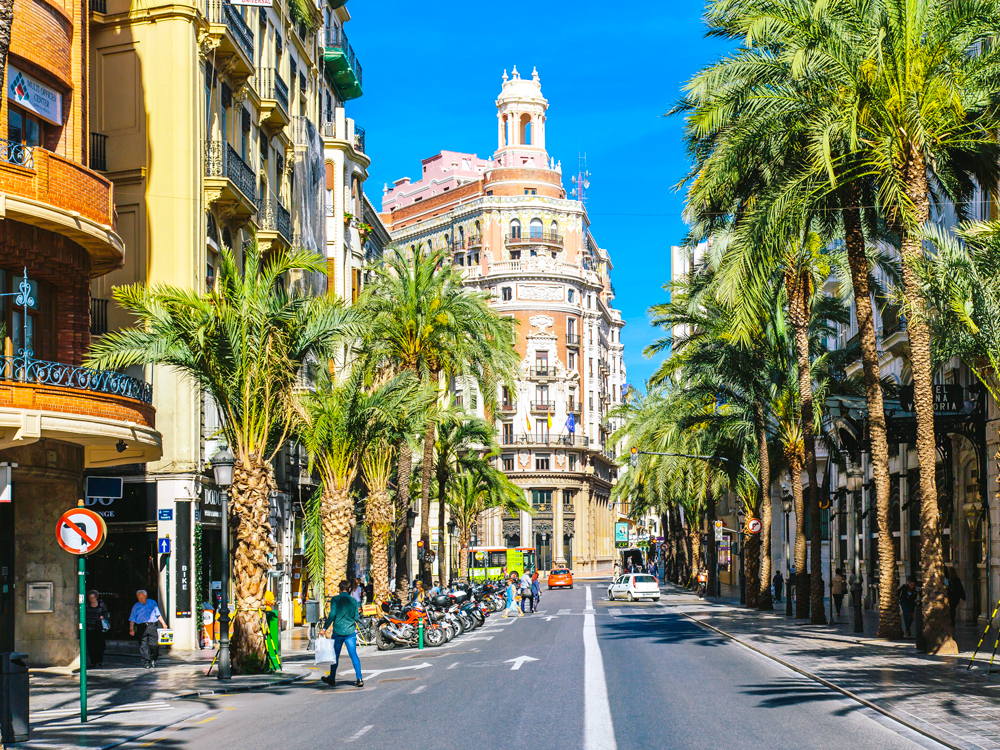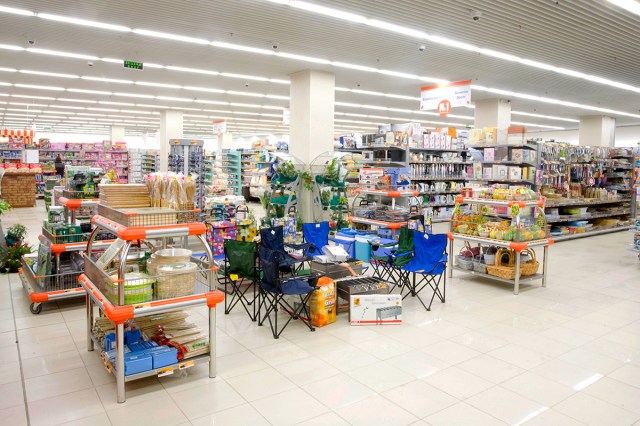
They’re Strategic About Store Layout
Retailers don’t just randomly throw products on shelves — each section of a store is carefully planned to maximize spending. In big-box stores, essential items including dairy, bread, and meats are often placed at the farthest corners of the store, requiring customers to walk past dozens of enticing displays before reaching what they actually came for. Along the way, you may spot a tempting seasonal sale, a colorful endcap filled with limited-time snacks, or an eye-catching electronics display.
Additionally, store layouts are designed to keep you inside for as long as possible. Many retailers use the “decompression zone” — the first few feet inside the entrance — to transition shoppers into the store, making them more receptive to impulse purchases. This area is typically open and uncluttered and contains minimal signage to prevent sensory overload, preventing consumers from being immediately overwhelmed and lulling them into the optimal relaxed state of mind for shopping.
Wide aisles, bright lighting, and carefully placed promotional displays are all part of the plan to slow shoppers down, increasing the likelihood of adding extra items to their carts. Some big-box stores even place high-demand items such as batteries or phone chargers in less obvious spots so customers must search harder for them, passing even more tempting merchandise along the way.
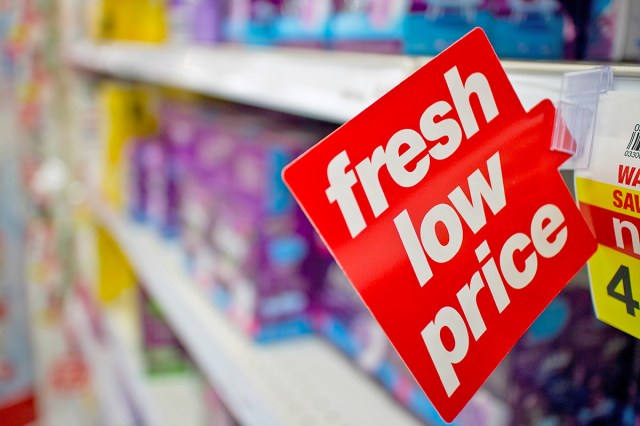
They Play Psychological Games With Pricing
Pricing strategies influence how we perceive value. One of the most common tricks is charm pricing, also known as psychological pricing — in other words, setting prices just below a round number. For example, a product priced at $9.99 instead of $10.00 seems cheaper in our minds, even though the difference is just a penny. This is due to the left-digit bias, the phenomenon in which our brains tend to focus primarily on the first number we see, because we read left to right.
Some stores also use something called “prestige pricing,” wherein higher prices make products seem more luxurious or desirable. Think about how high-end brands rarely end their prices in .99 — designer handbags and perfumes are often priced at round numbers such as $100 or $250, reinforcing their premium appeal.

They Create an Atmosphere That Keeps You Browsing
Big-box and department stores carefully craft their atmosphere to encourage shoppers to linger, which often means spending more money. Slow, relaxing music subtly influences customers to move at a leisurely pace, increasing the likelihood of impulse purchases. Strategic lighting enhances the appeal of merchandise, with warm, inviting tones making products appear more desirable, while spotlights draw attention to high-margin items including premium electronics, designer handbags, or seasonal must-haves.
Even scents come into play — some department stores use signature fragrances to create a sense of luxury, while big-box retailers might pump out the smell of fresh coffee or popcorn near their cafés to further tempt shoppers and make them feel more at home. Plush seating areas, stylish displays, and open layouts make browsing feel more like an experience than just a shopping trip. And the longer you stay, the more you’re likely to buy.
More Interesting Reads
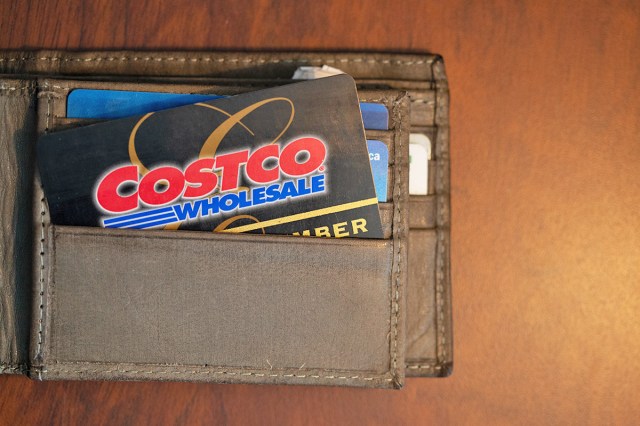
They Use Loyalty Programs To Make Us Feel Special
Loyalty programs may seem like just an easy way to save money, but they’re primarily designed to encourage repeat spending. Whether it’s a rewards credit card, a points system, or member-exclusive discounts, these programs create a sense of obligation and incentive to shop more frequently. In fact, research indicates members of loyalty programs generate 12% to 18% more revenue per year than non-members.
For example, Costco’s membership model makes customers feel invested in getting the most value out of their annual fee, leading them to shop there more often. Similarly, Target’s Circle program offers personalized deals based on shopping history, subtly encouraging customers to return for what feels like tailor-made discounts. These programs often increase spending by offering “rewards” that require additional purchases to redeem — and in doing so, you usually spend more money redeeming those rewards than you end up actually saving.

They Influence Us With Product Placement and Bundling
You may have noticed how expensive name-brand products are placed at eye level while cheaper alternatives are stocked on lower or higher shelves. That’s no accident; that’s product placement in action. Retailers strategically reserve prime shelf space for high-margin items, ensuring they catch customers’ attention first. Similarly, impulse-buy products including candy, magazines, small gadgets, and gift cards are positioned near checkout lanes, where shoppers are more likely to grab them while waiting in line.
Bundling is another sneaky tactic designed to increase spending. Department stores may display complementary items close to one another — e.g., handbags next to shoes or skincare products alongside makeup — to subtly encourage customers to buy more than they originally planned. Electronics departments modify this approach by bundling accessories with major purchases, making it seem logical to add an extra charger, case, battery, or warranty. These strategies work by creating convenience and perceived value, nudging shoppers toward higher spending.

